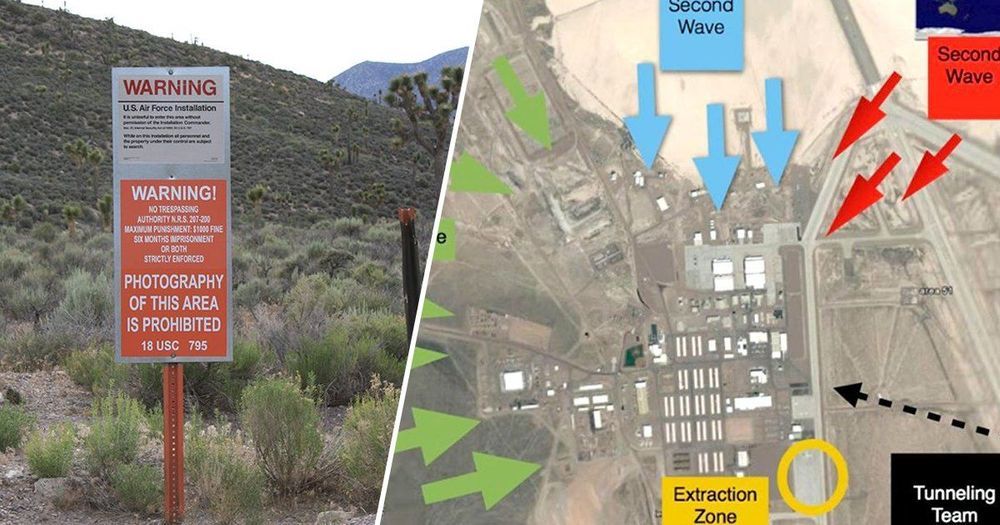O.o now more people :0.
God Speed, I look forward to seeing you in battle.





Suffocating under the surface.
🔎 Learn more about the challenges our oceans face: https://wef.ch/2k1Z7r5

In July 2017, social media users shared videos and images of burning trees and melting streetlights — the purported results of a record-breaking heatwave in…
NASA life support analyst Lucie Poulet explains how analog missions work and what they tell us about future crewed missions.
Fifty years ago, humans took their first steps on the Moon. The world watched as we made history.
On July 19 at 1 p.m. EDT, we’ll salute our #Apollo50th heroes and look forward to our next giant leap.
Will you be watching? https://go.nasa.gov/327ZDZs